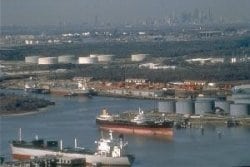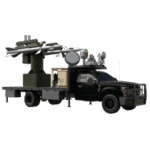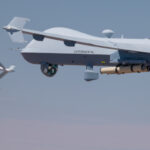
Customs and Border Protection (CBP) is trying to negotiate with ports authorities around the countries to get port operators to pay for the costs of sustaining radiation detectors that the federal government has purchased and operated since 9/11 to help screen shipping containers arriving in the United States for illicit radiological or nuclear materials, a Massachusetts port official told Congress on Tuesday.The first generation of Radiation Portal Monitors (RPMs) deployed at ports following 9/11 are nearing the end of their…

 By
By 











